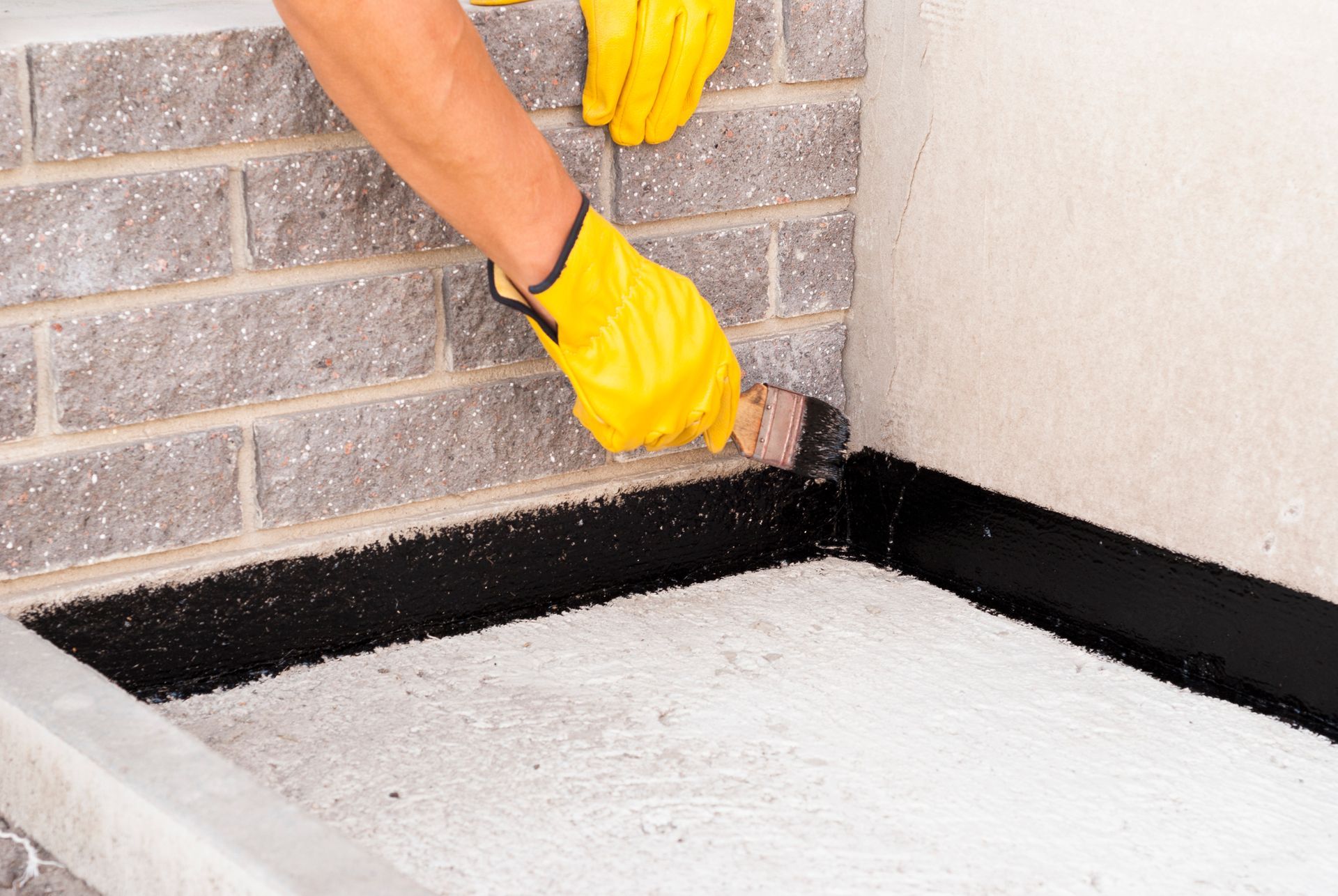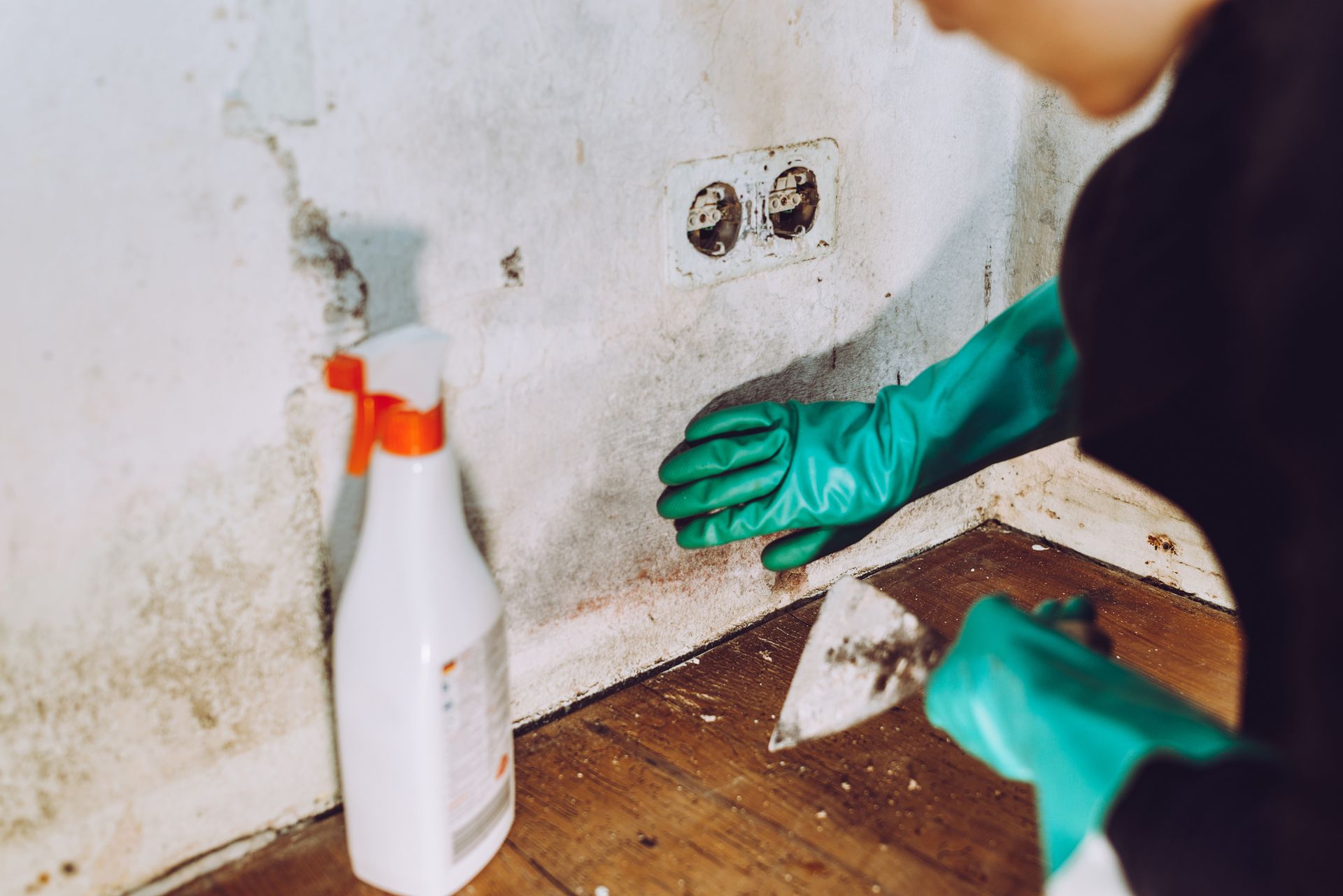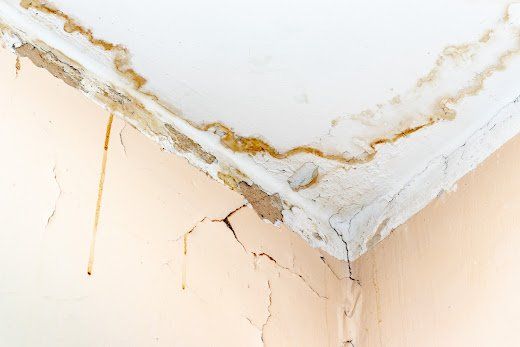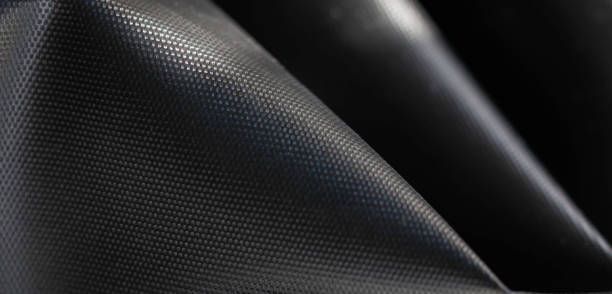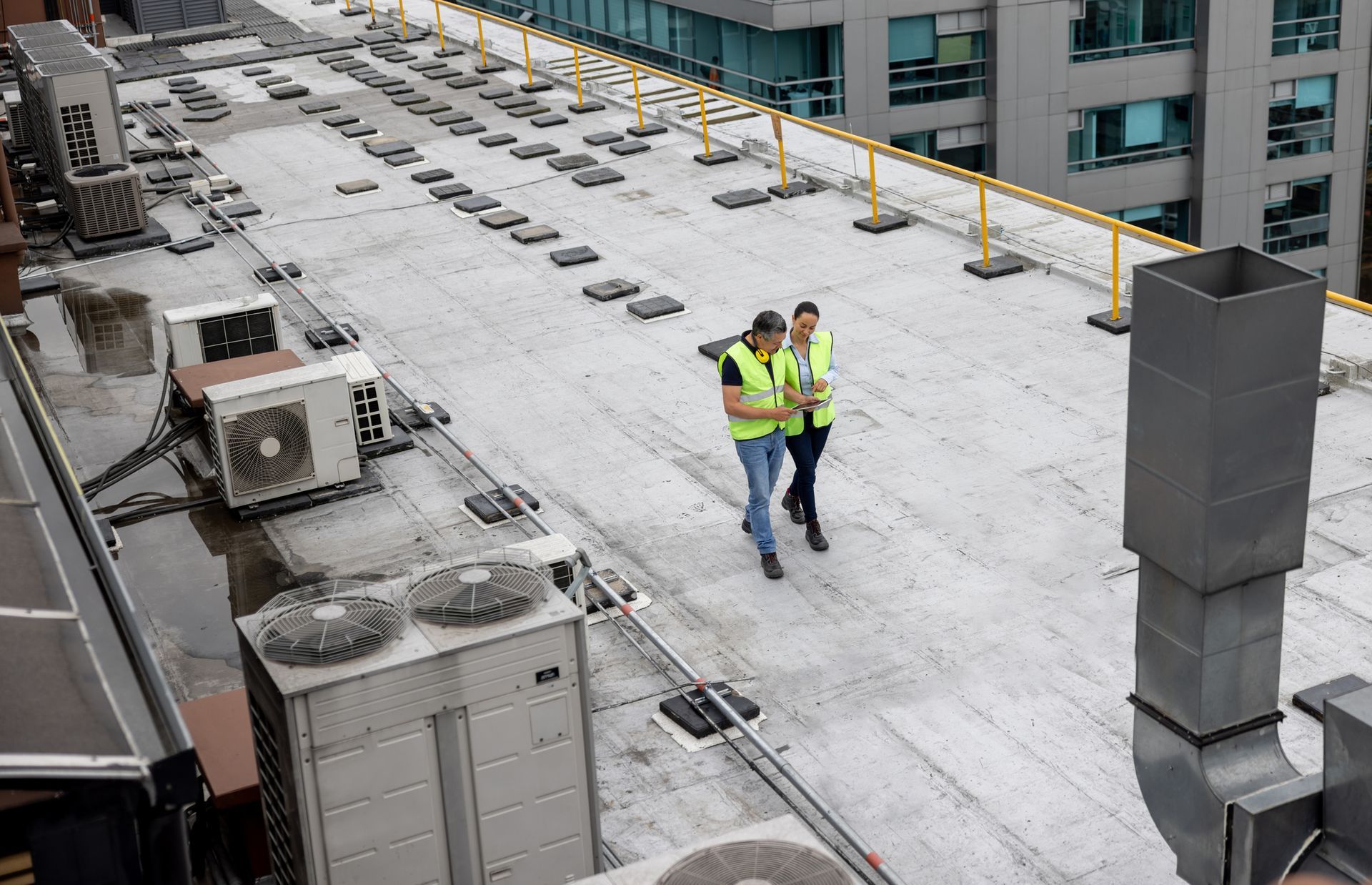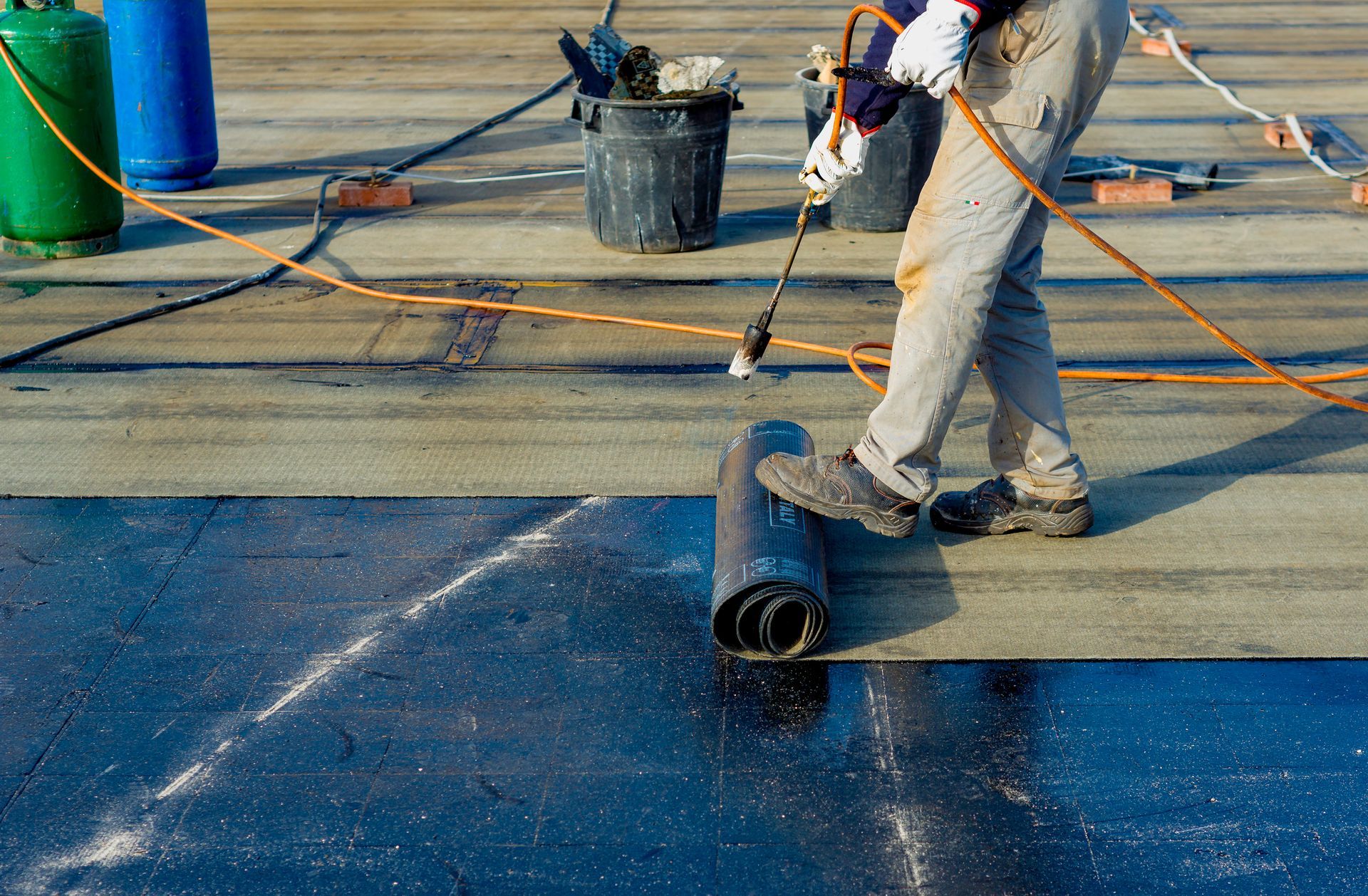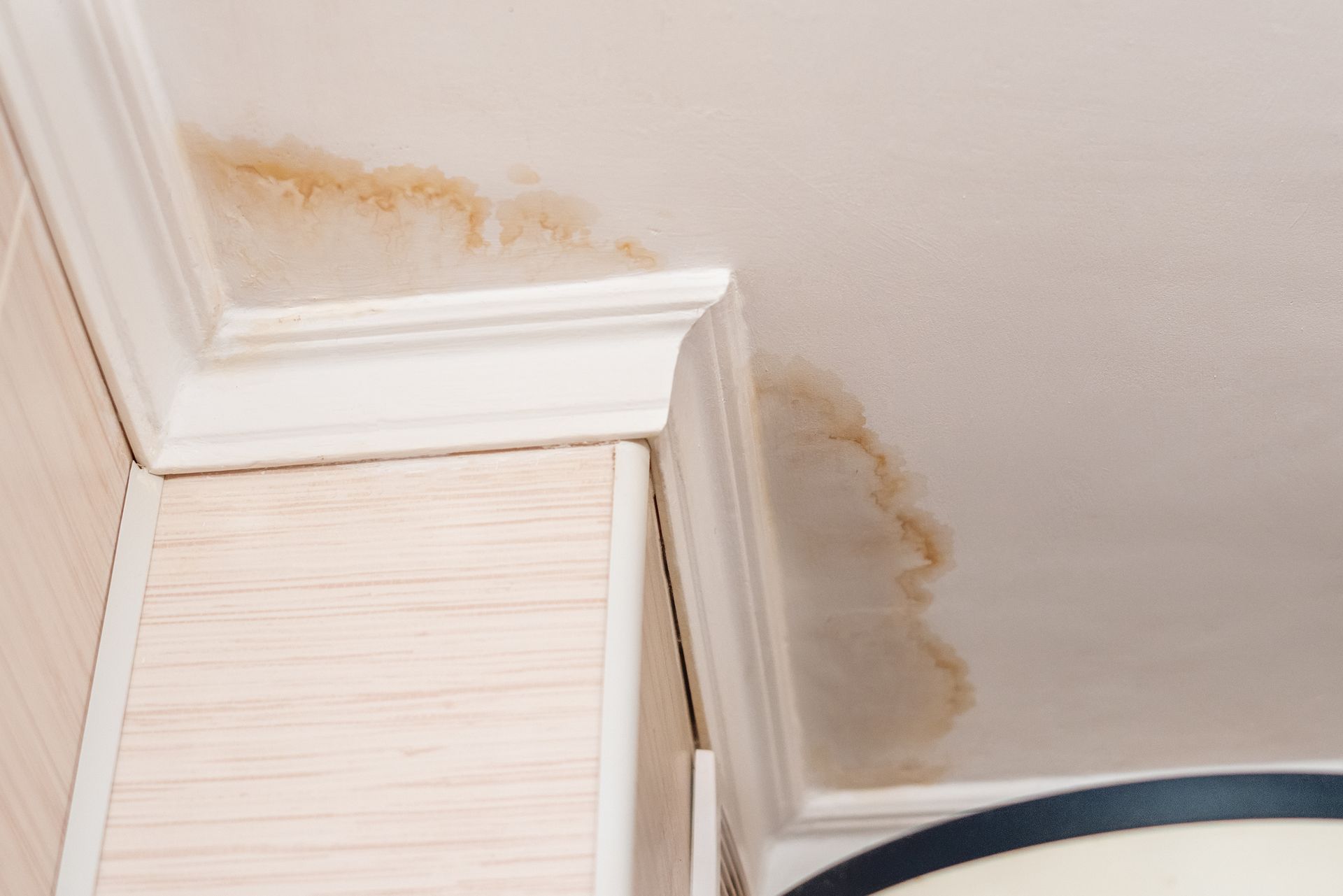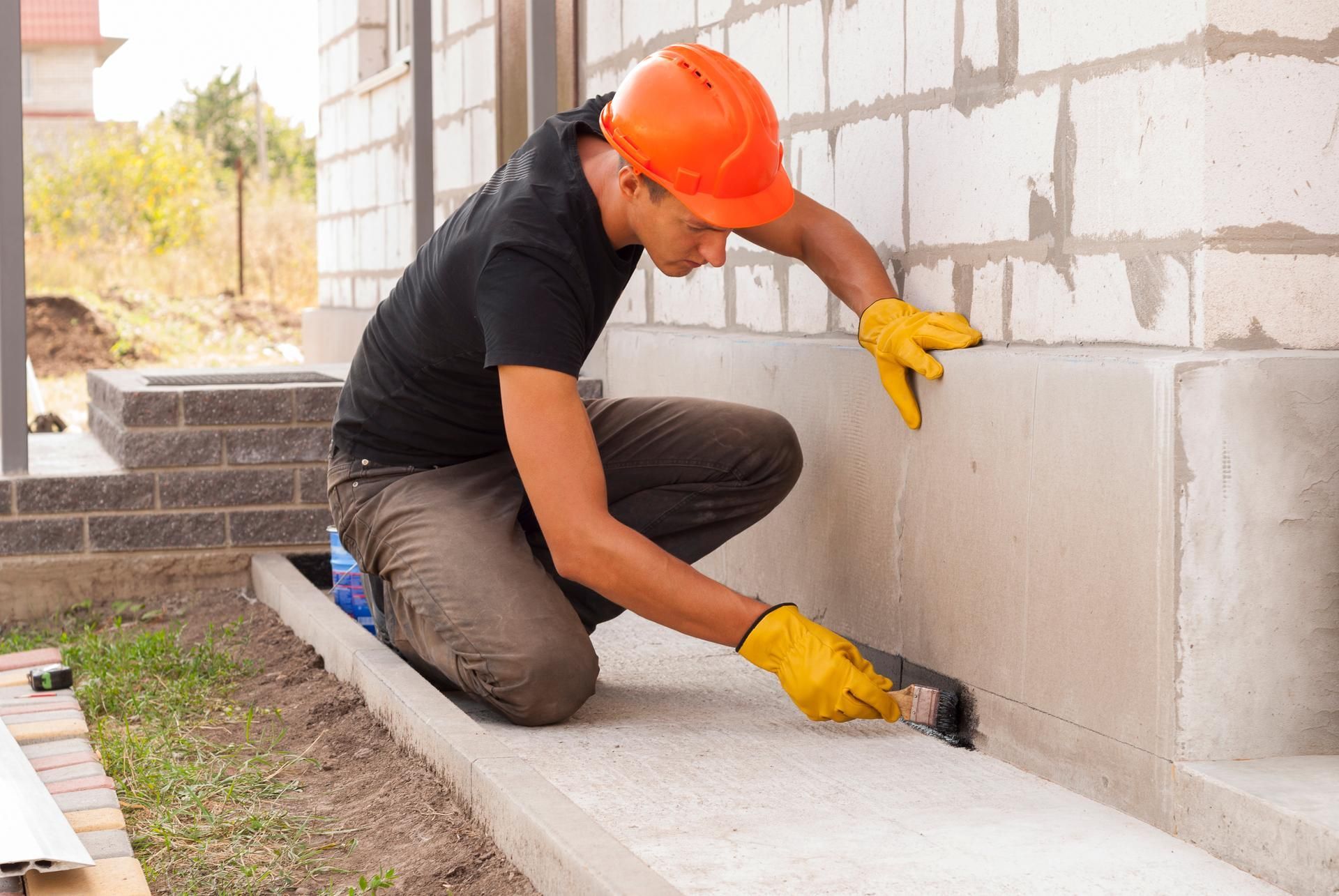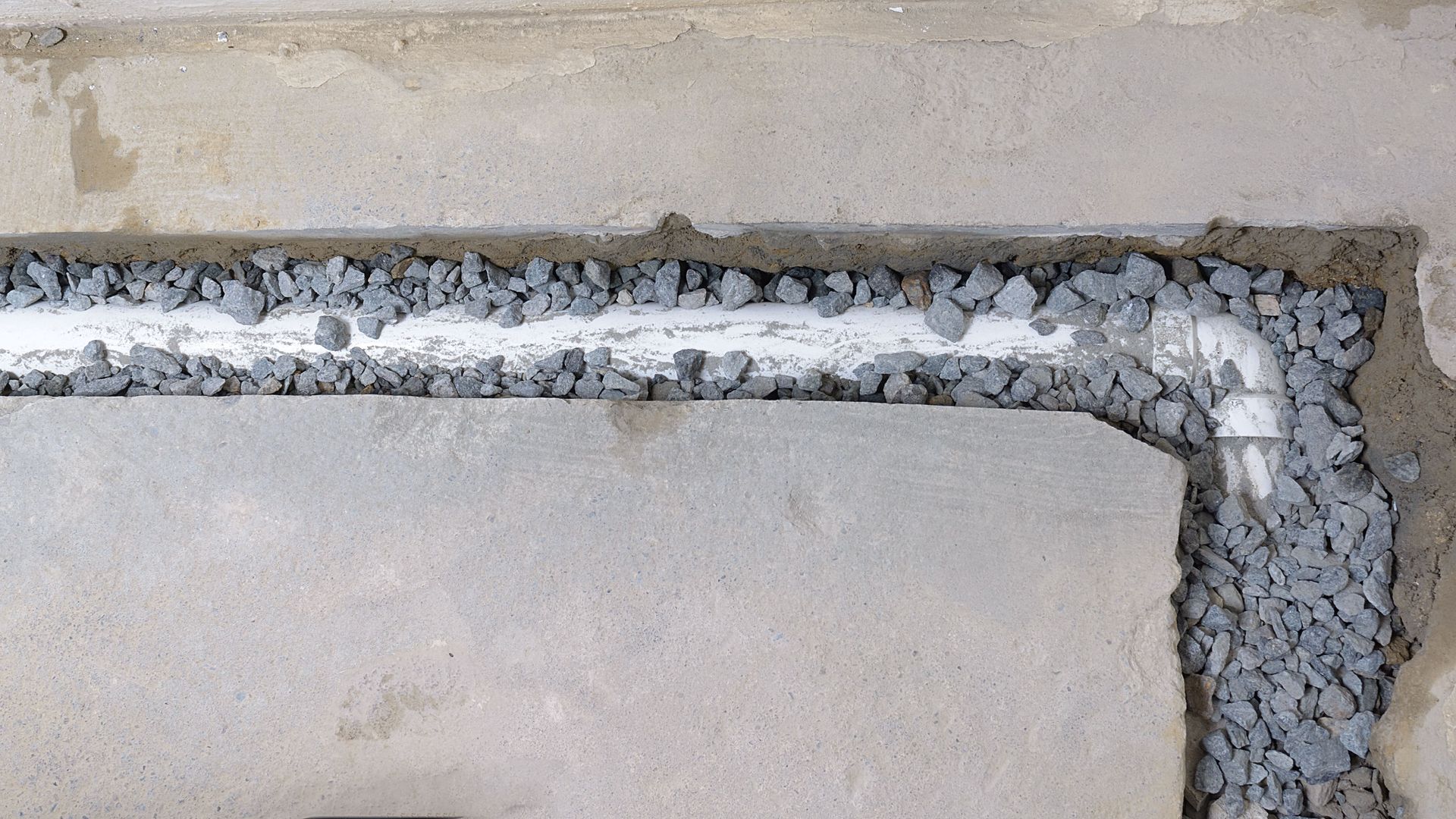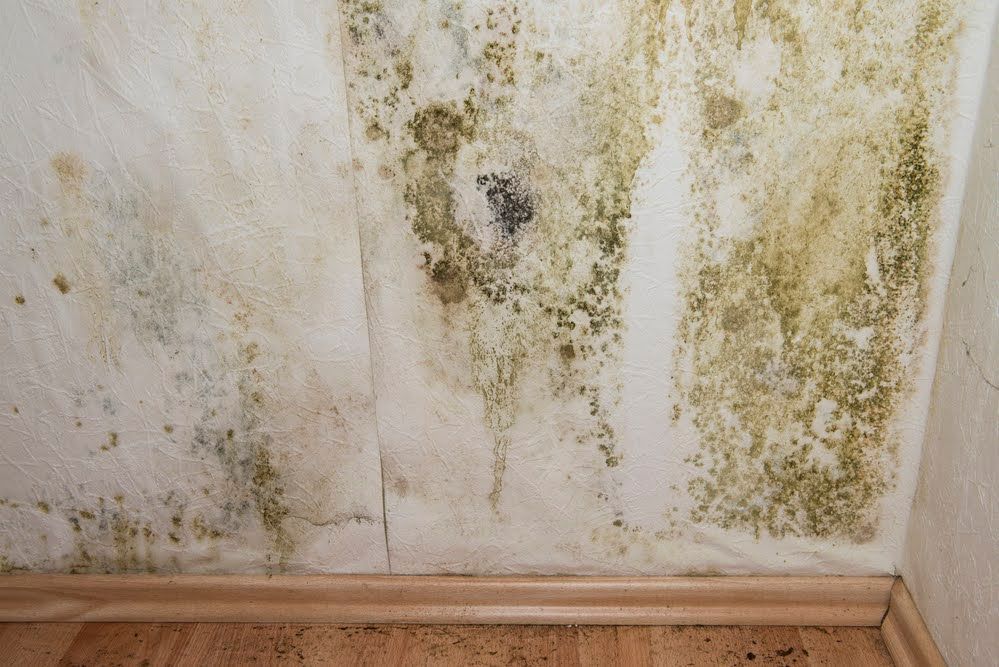5 Areas of Your Home to Waterproof
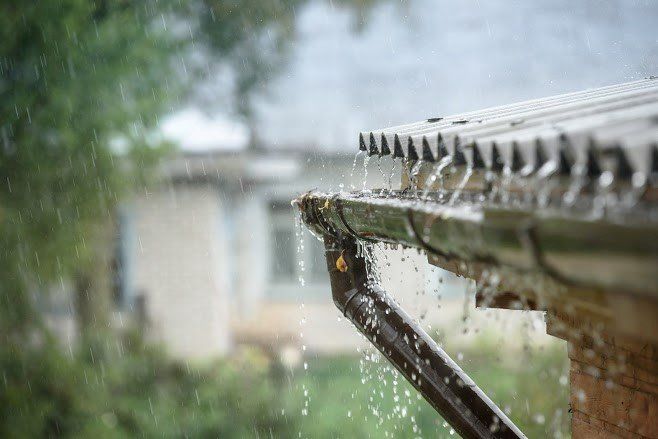
Water can damage many materials, including those used to make your home. For this reason, you need to consider waterproofing solutions for different parts of your home. If you want to better protect your home, check out these five areas of your home to waterproof.
1. Roof
A leaking roof can cause many problems, including water damage and mold growth. The attic is especially susceptible when the roof leaks, especially if there is exposed insulation that can absorb and trap water for long periods of time. If you have a traditional sloped roof, many of the materials used help waterproof the roof, including the base sheet, underlayment, and flashing, should be adequate to protect your roof from water damage as long as they are in good shape.
If your roof is flat, however, you may need additional help, such as adding a layer of torched-down modified bituminous membranes or a similar waterproof material. Naturally, flat roofs also need plenty of drainage to prevent standing water.
2. Exterior Walls
Exterior walls are more durable than indoor walls because they are made from stronger materials than drywall. However, many factors can cause wear and tear from rain. For example, if your gutters get clogged and overflow, water is more likely to run down the side of the house. Similarly, if the gutters start to pull away, water may slip through before even reaching the gutter.
Some siding materials like vinyl are naturally resistant to water, but other types of siding need paint or stain to protect them. If you have masonry siding, however, finding a solution can be difficult. Luckily, some waterproofing products can penetrate the material to protect it without changing the appearance or texture.
3. Foundation
The foundation can take damage for the same reasons as your exterior walls: poorly fitted or overflowing gutters. However, incorrect yard drainage can also lead to water around the foundation. If the foundation has big enough cracks, water may actually start seeping into your basement.
Even without cracks, however, the water can weaken the structural integrity of the dirt supporting your foundation. This can lead to a sinking foundation if the ground settles, or it can cause a foundation upheaval if parts of the soil swell with moisture. The same waterproofing methods used for masonry exterior walls can help, but you should prevent standing water around the foundation too.
4. Basement
Whether your basement is finished or not, you don't want to allow moisture to enter. Fixing standing water around the foundation and improving yard drainage can help prevent some basement flooding, but many homeowners prefer to waterproof the basement for extra protection.
If you have frequent basement flooding, you may want to consider adding an interior water drainage system, which will redirect water away from the basement. For less serious problems, interior sealing can be a great option, but the process will need to be occasionally repeated. Finally, if you've tried everything, but your basement still floods, consider exterior waterproofing.
5. Crawlspace
Like your basement, the crawlspace is closer to the ground than the rest of the house, which increases the risk of flooding. In some cases, water can simply rise right out of the exposed ground into your crawlspace.
Crawlspaces vary from home to home, so the solution you need depends on the type of crawlspace. For example, if your crawlspace has a dirt floor, you may want to consider encapsulation solutions that can better protect floors and walls. However, if you have a concrete floor, a masonry waterproofing sealant may be the right choice.
Homes are built with durable materials, but water and moisture can still cause problems, especially if you have bad drainage or little to no waterproofing. Don't wait to fix the problem until after you need expensive repairs. If you would like to learn more or get a quote for waterproofing services, contact us at Central Penn Waterproofing.


